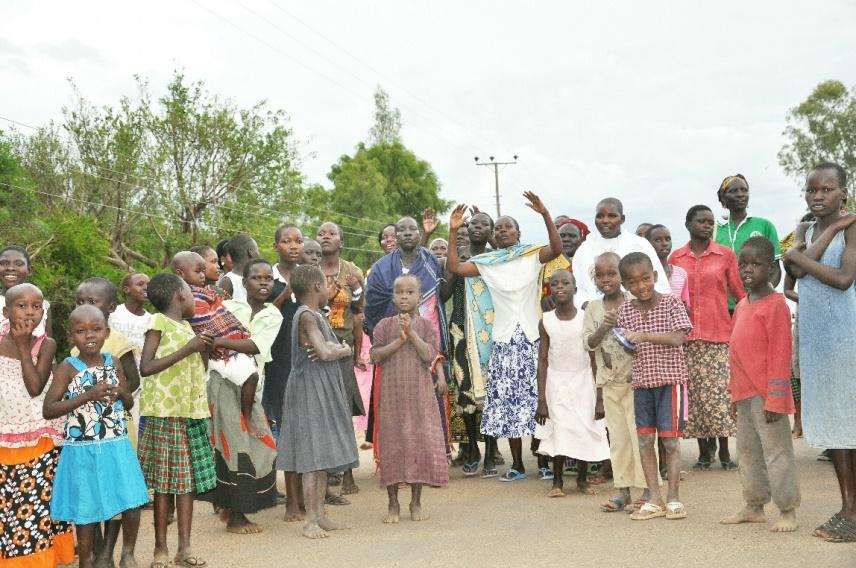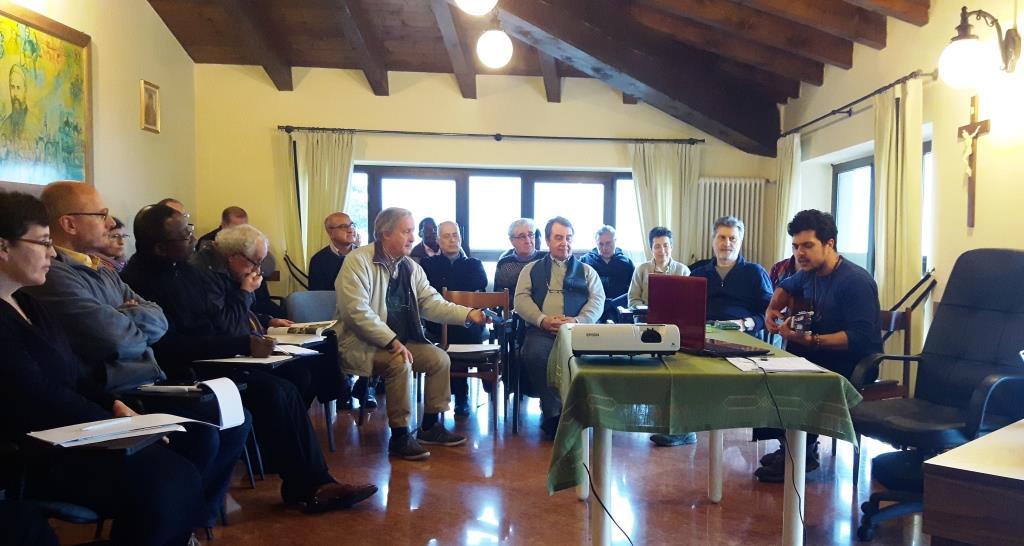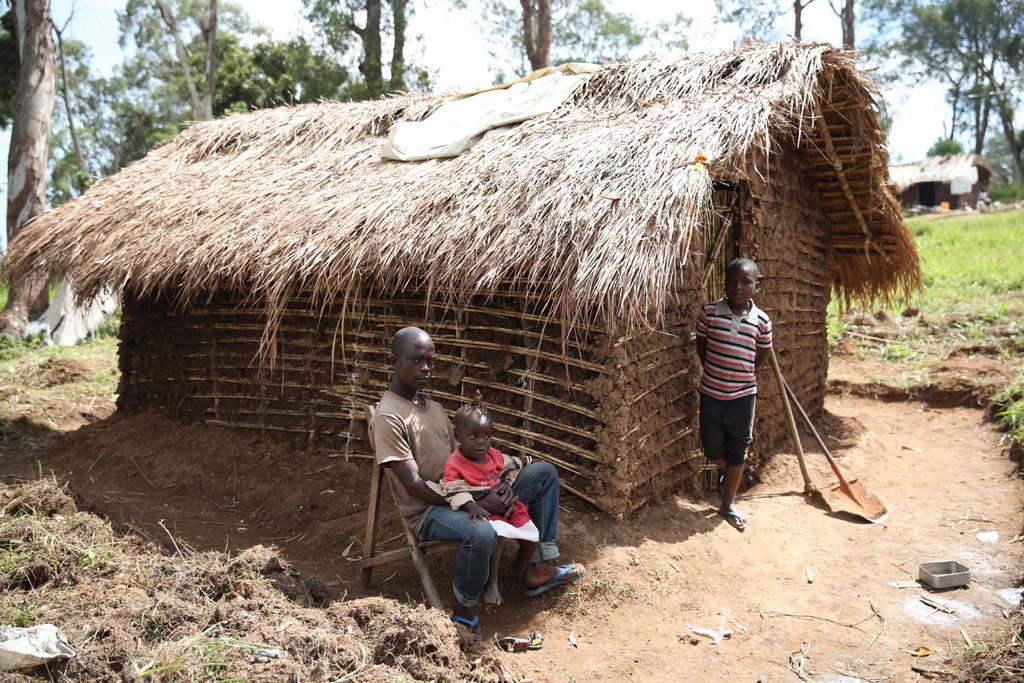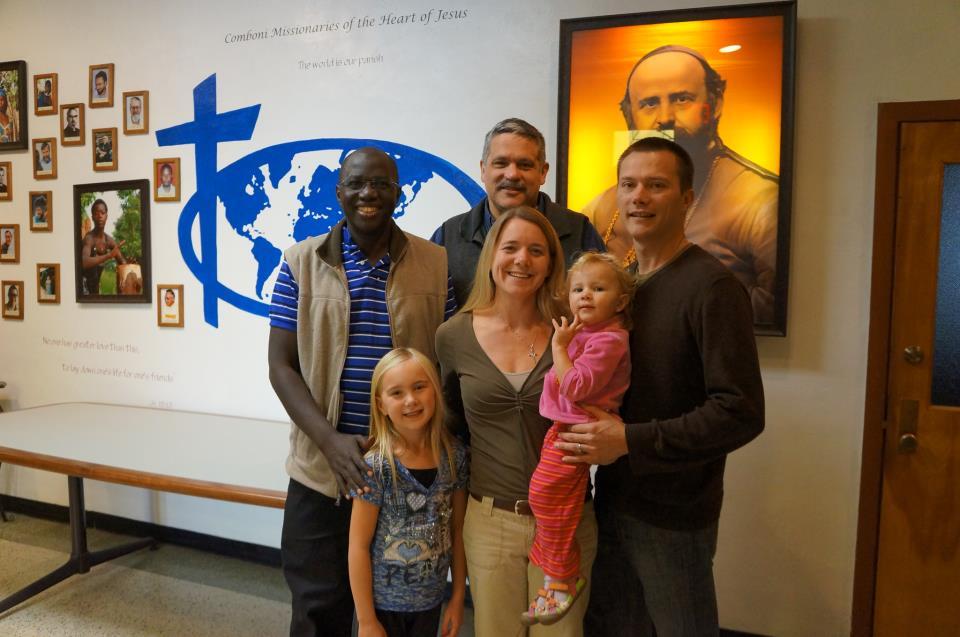Daniel Comboni
Comboni Missionare
Institutioneller Bereich
Andere Links
Newsletter
Wednesday, March 16, 2016
The two priority areas which have been identified in the Comboni Province of Uganda are: Karamoja (in the North-East of Uganda) and Rushere-Mbarara (south-East). While Karamoja is still lagging behind in terms of infrastructure and social services, Rushere has the advantage of being home to many political heavy weights of the country. That said, big challenges are experienced in either area. The fact that the indigenous people in these areas, by tradition, are always on the move in search for pastures. A certain change though is being felt as a number of Karamojong and Bahima are becoming more settled in specific areas and the notion of personal ownership of land is spreading.
The Bahima people who are the dominant tribe in Rushere have had a history of looking down on the catholic faith since their former chiefs, the first to be evangelized, were anglicans. The catholic faith was seen, and is still regarded by some as a religion for the slaves. Opening up to these people especially through schools brought them a different idea about the catholic faith.
As for Karamoja, despite the fact that evangelization has been going on for the last 100 years, Kotido (one of the two dioceses of Karamoja) has 13 local priests. With the disarmament process and the action of the army against the practice of cattle raiding, many youths are left idle. This has led to social problems related to unemployment such as alcoholism, theft, domestic violence.
Precious minerals were discovered in Karamoja. Some important roads are being built to link the region to the capital. However, there remains the need for a voice that can speak out against the exploitation which is already taking place: people working hard for meager wages, sometimes paid in terms of alcohol; land grabbing by influential and politically powerful individuals, etc.
Challenges at the level of the Province
1. The first challenge is personnel. The province of Uganda has a high average age 63.7.
2. Given the fact that we are in an environment where many languages are spoken, it is never easy to transfer confreres from one part of the country to another.
3. The fact that the indigenous people in these areas, by tradition, are always on the move in search for pastures. A certain change though is being felt as a number of Karamojong and Bahima are becoming more settled in specific areas and the notion of personal ownership of land is spreading.
4. The strong expectations on young people (boys or girls) leave few possibilities for local vocations to religious and priestly life. The estimates ratio of the Ugandan population is that over 70% are young people below the age of 35 years old. Most of these young people are school going, young graduates, and form the majority of our Christian communities, in other words they are church going. This is the cradle of our vocations to priesthood and religious life. The best focus would be to have an aggressive vocation and animation promotion and serious accompaniment during the formative stages in the formation houses. The need to identify and prepare confreres capable of assuring them a serious missionary formation.
What does the province intend to do concretely?
- Identify and prepare personnel for on-going formation structures for Spirituality and Animation Centres of Rwenjojo and Layibi.
- Vocation promotion and Basic formation in postulancies and pre-postulancies.
- Continue to look for and request more personnel for the two priority areas evangelization among the pastoralists of Karamoja and Rushere.





